By Evangeline Adu
Have you ever wondered what life was like for women in 20th-century America? We all know that the traditional role of women responsible for children and household duties, with little say in societal matters is still present in today’s world. Recently, the hashtag #TradWife, which stands for „traditional wife”, has gained popularity on platforms such as TikTok and Instagram. These so-called “tradwives” strive to aesthetically portray their lives as traditional wives. This made me reflect on how life must have been for women in the early 1900s, when being a traditional wife was not just a choice but an expectation, and how these modern „tradwives“ envision their lives today.
In my opinion, the plays „Trifles“ by Susan Glaspell and „The American Dream“ by Edward Albee, recently adapted by the students of the University of Hamburg, provide a powerful depiction of society and the lives of women in the 20th century. Trifles revolves around a murder investigation. John Wright has been found murdered, and his wife, Mrs. Minnie Wright, is taken into custody as the primary suspect. Sheriff Peters, County Attorney Henderson, and Mr. Hale search for concrete evidence, while their wives, Sophie and Charlotte, remain in Mrs. Wright’s kitchen. As they examine her surroundings, they begin to notice small yet significant details about her life. However, the men dismiss the women’s observations as trivial, insignificant trifles. I believe this effectively symbolizes how women’s perspectives were often disregarded and their voices unheard.
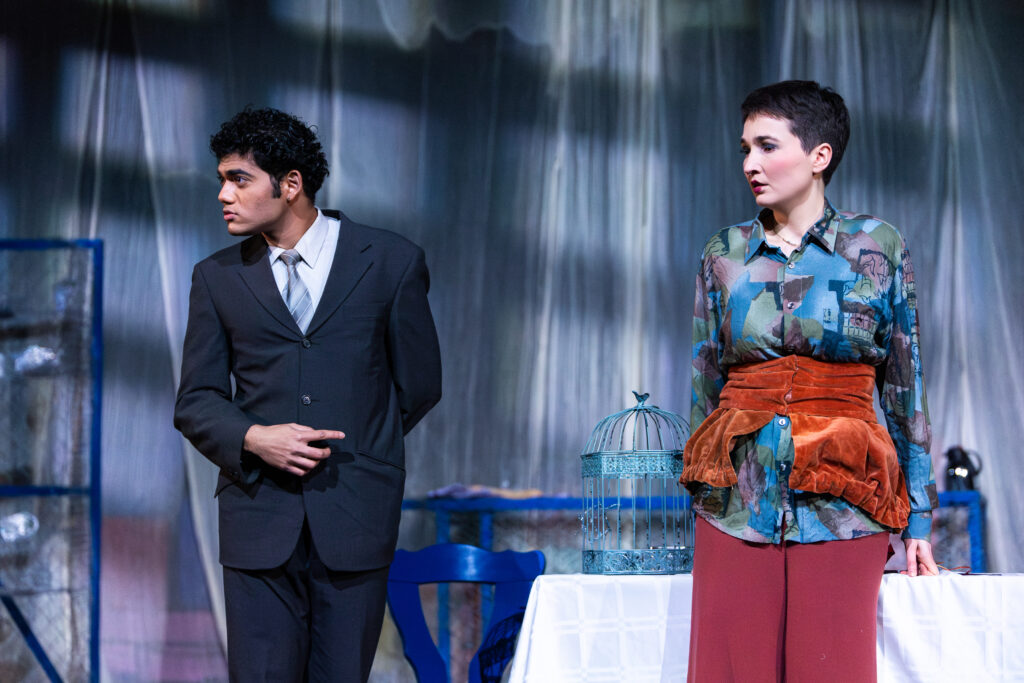
One of the most striking scenes that highlights this dismissal occurs when the women discover an empty birdcage and a dead canary killed by Mr. Wright. They immediately recognize the emotional and psychological abuse Mrs. Wright endured and empathize with her suffering. In contrast, the men see no significance in these findings. This scene not only emphasizes how women experiences are overlooked in a male-dominated society but also showcases the solidarity and understanding shared between women.
I particularly appreciated how the students of the University of Hamburg adapted the play by giving the female characters first names, moving away from the notion that they were merely their husband’s property. I also loved the addition of a new character, which, in my interpretation, symbolized a ghost representing all women, standing in solidarity with them and encouraging them. This ghost was my favorite character, as it added depth and suspense to the play. Sophie and Charlotte were also remarkable I enjoyed how they supported each other and showed deep empathy toward Mrs. Wright. At the end of the play, as the lights focused on the ghost, a powerful message was delivered about the number of women who have suffered from domestic violence and femicide. This moment was incredibly moving and impactful.
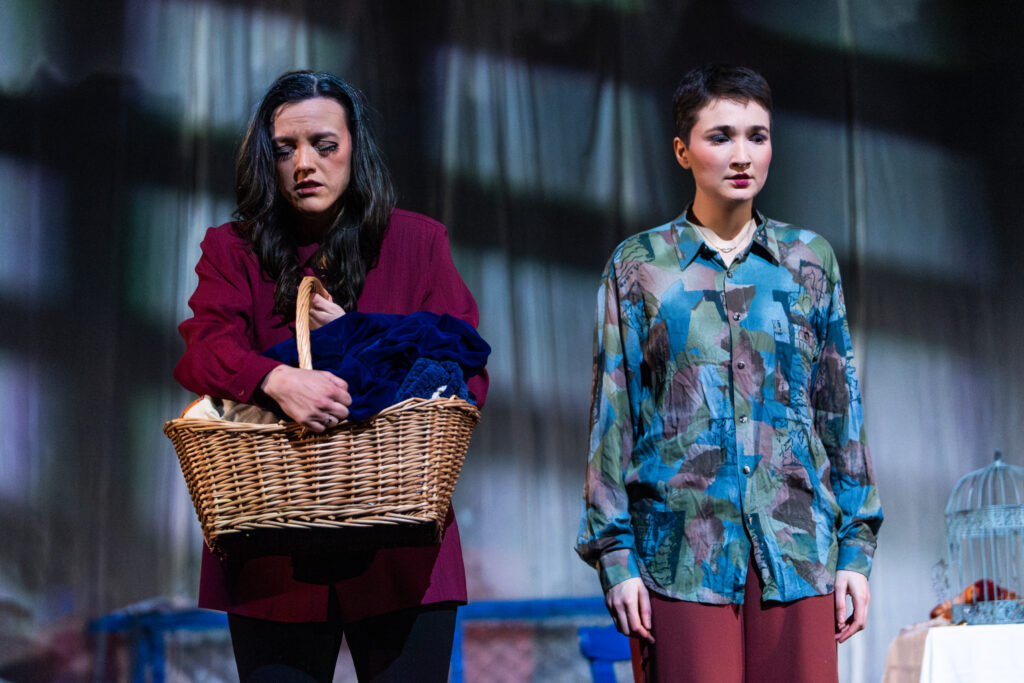
The second play, The American Dream, is set in the 1960s, fifty years after Trifles. In contrast to the earlier play, the character of Mommy appears more dominant and assertive. She seems to have more control than her husband, Daddy, yet she remains confined to the role of a traditional wife, which is subtly symbolized by the apron she wears throughout the play.
The American Dream portrays the idealized family of the 1960s consisting of a mother, father, and child. On stage, a television displayed advertisements featuring traditional women wearing aprons and showcasing ideal families, reinforcing societal expectations of the time. The family in the play is obsessed with achieving perfection and social acceptance. Their desire for an ideal life leads them to mistreat their adopted son, who fails to meet their expectations. As a result, they kill him and adopt another child emotionally detached but outwardly perfect whom they consider acceptable. This chilling portrayal underscores how societal pressures to maintain an ideal image often took precedence over the emotional well-being of family members. Materialism, social approval, and economic success were prioritized above genuine human connection.
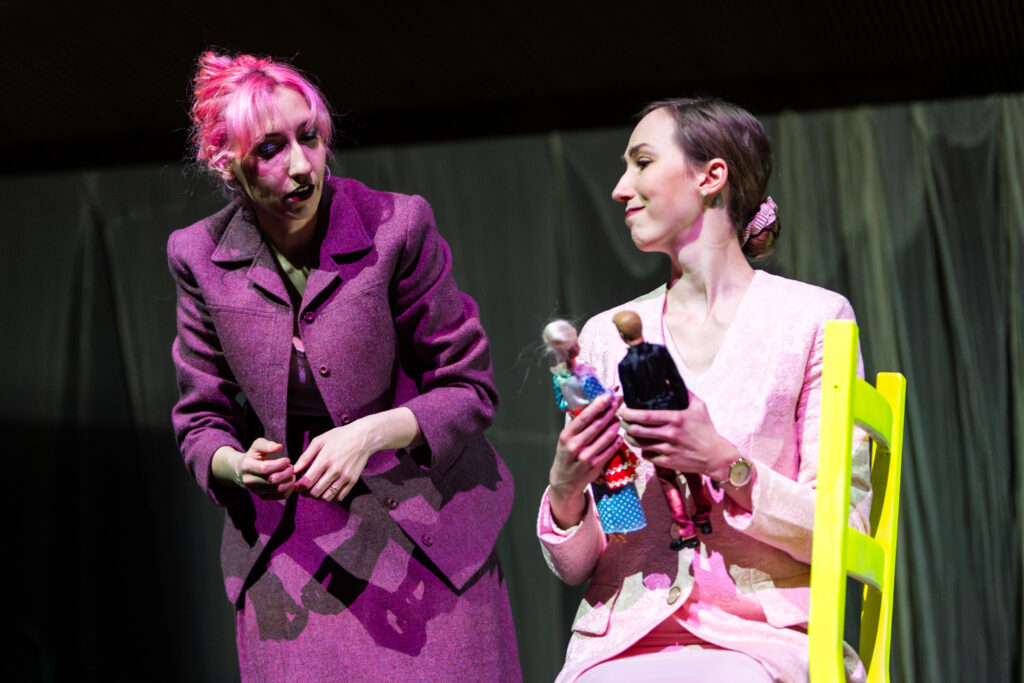
I found the acting and performances in both plays excellent, I really liked the performance of the adopted son in the second play. Even though the second play, The American Dream, was somewhat challenging to follow. The dialogue was dense, continuous and complex, which made it hard to stay focused. Therefore, I suggest that they make use of short video clips just like in the play trifles and shorten the play to keep the attention span up high. Additionally the acoustic in the auditory was awful. For the next plays I would recommend the the actors to wear headphones. These aspects made the play less suspenseful than they could have been. Additionally, the static stage setting made it difficult for me to stay fully engaged.
Despite the differences in style and pacing, I appreciated the important messages conveyed through both plays and the creative liberties taken by the university students to modernize and personalize them.
I would highly recommend Trifles to anyone interested in suspenseful plays and those curious about the lives of women in the early 1900s. Similarly, The American Dream would be ideal for those who want to explore the societal expectations of women in the 1950s and gain insight into the emphasis on materialism and social conformity language during that era.
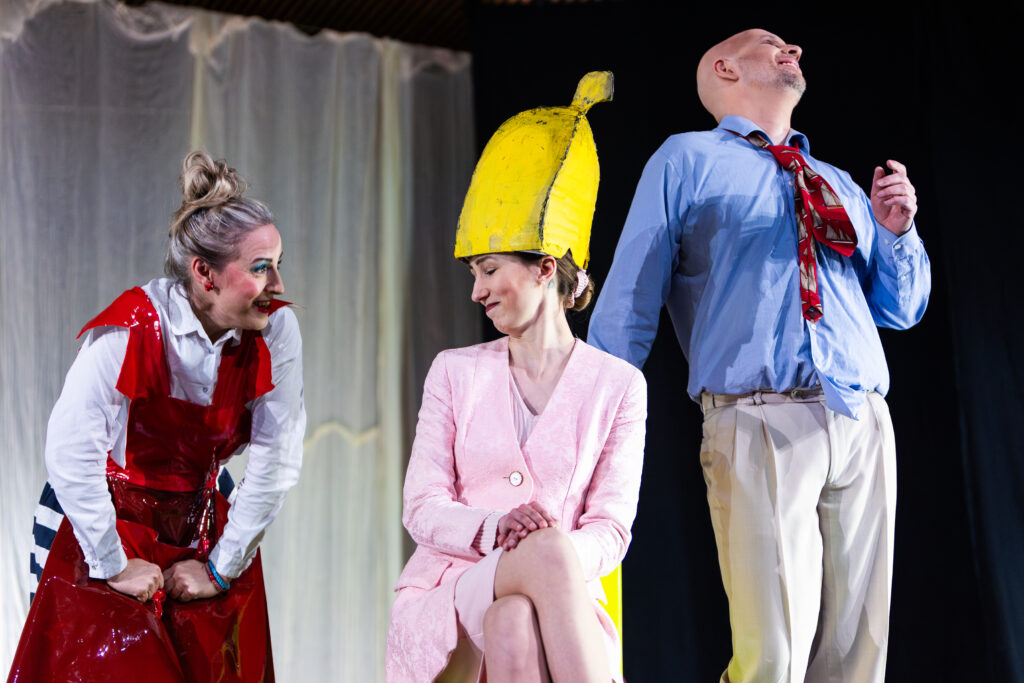
Photos by Sarah Naumann

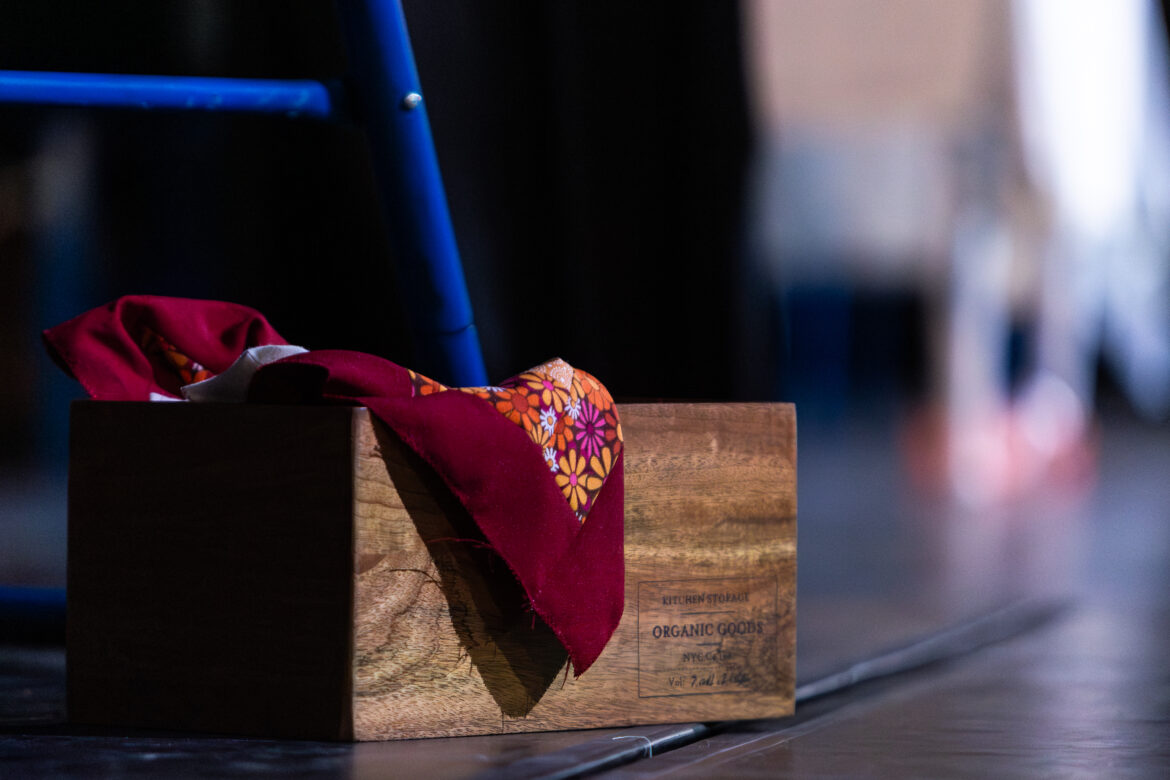
Schreibe einen Kommentar